Geminids meteor shower kicks off in just one week: When to watch and what to expect
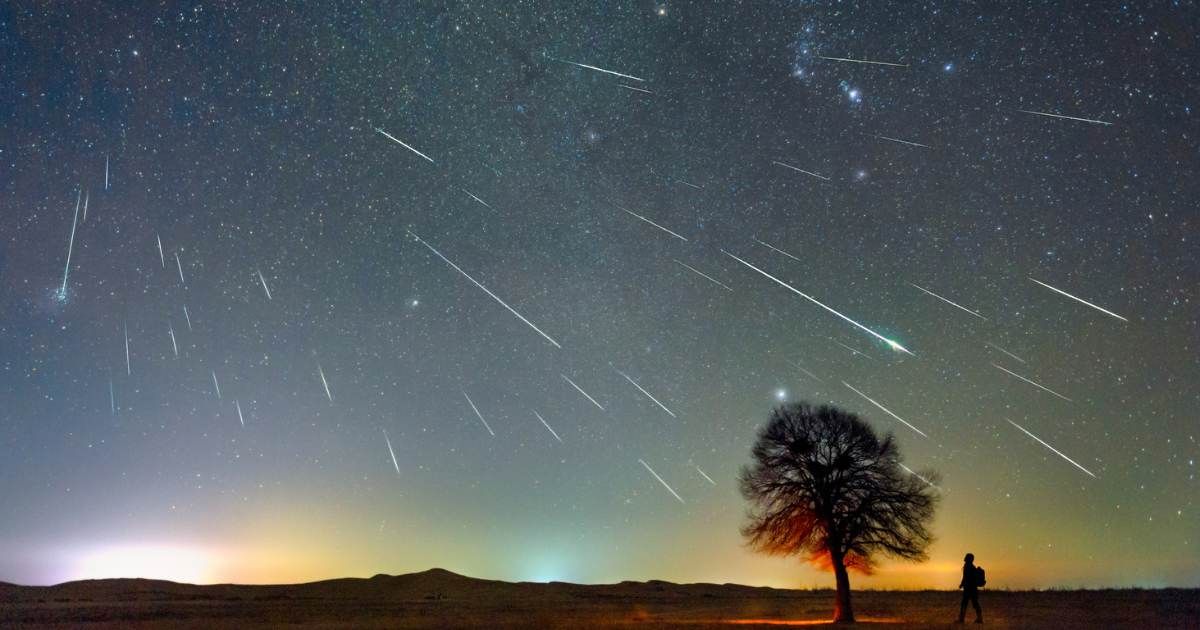
The Geminids meteor shower will take place in just one week. This annual display is considered the best meteor shower of the year and is known for its bright, fast-moving streaks of yellow light. Being one of the major meteor showers in the year, its peak touches about 120 Geminids meteors an hour, per NASA. However, the Geminids did not start out so heavily when they first appeared in the 1800s.
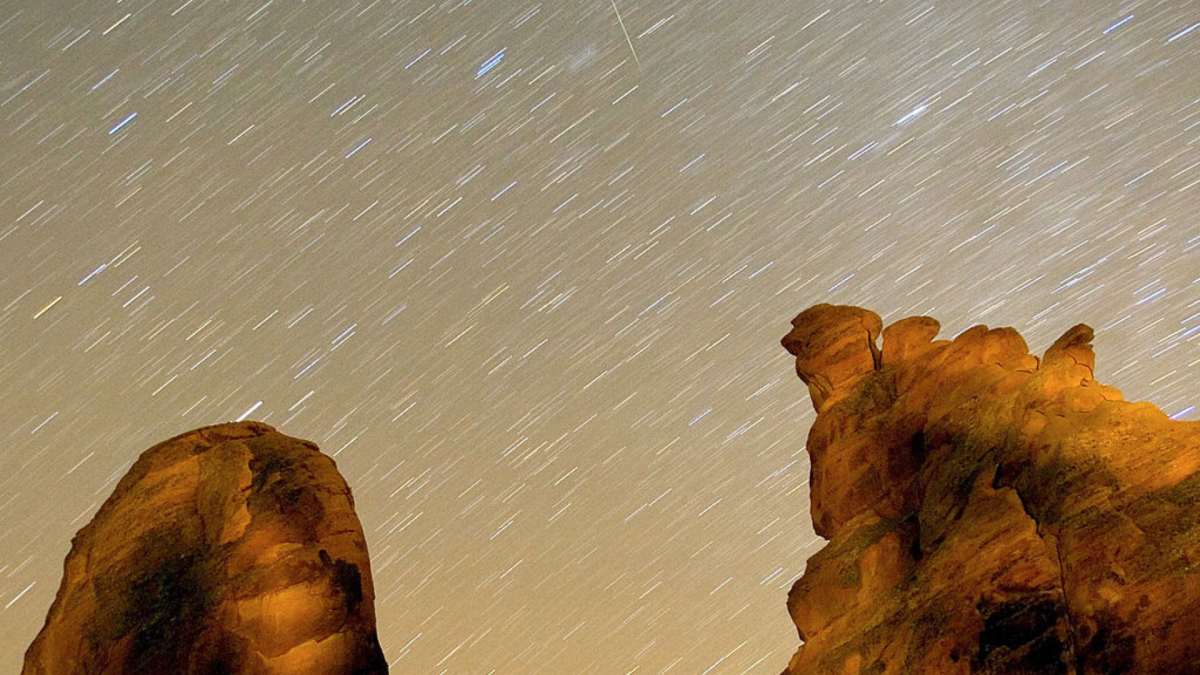
The initial showers were not eye-catching and had only 10 to 20 meteors seen per hour. The event built slowly, and this year, the meteor shower is expected to peak on the night of December 13–14. The meteors seem to be originating from a point in the sky known as the radiant, located in the constellation Gemini, which is also where they get their name from. This, however, is not to be confused with the actual source of the meteors, but rather a reference used to identify the meteor shower on a given night.

As for the Geminids' actual parent body, it is the asteroid 3200 Phaethon, which contributes to the color and brightness of the meteors. This asteroid takes 1.4 years to orbit the Sun once, and is a "dead comet" or a new object known as a "rock comet." Despite its elliptical orbit, scientists have found it difficult to categorize Phaethon. That's largely because it does not develop an archtypal cometary tail when it's near the Sun, and its meteoroids are much denser than average cometary dust flakes. It was spotted on October 11, 1938, by the Infrared Astronomical Satellite, and is named after the Greek character who drove the Sun-god Helios' chariot. This is a small asteroid, with a diameter of only 3.17 miles across, and was recognized as the source of the Geminids by astronomer Fred Whipple.
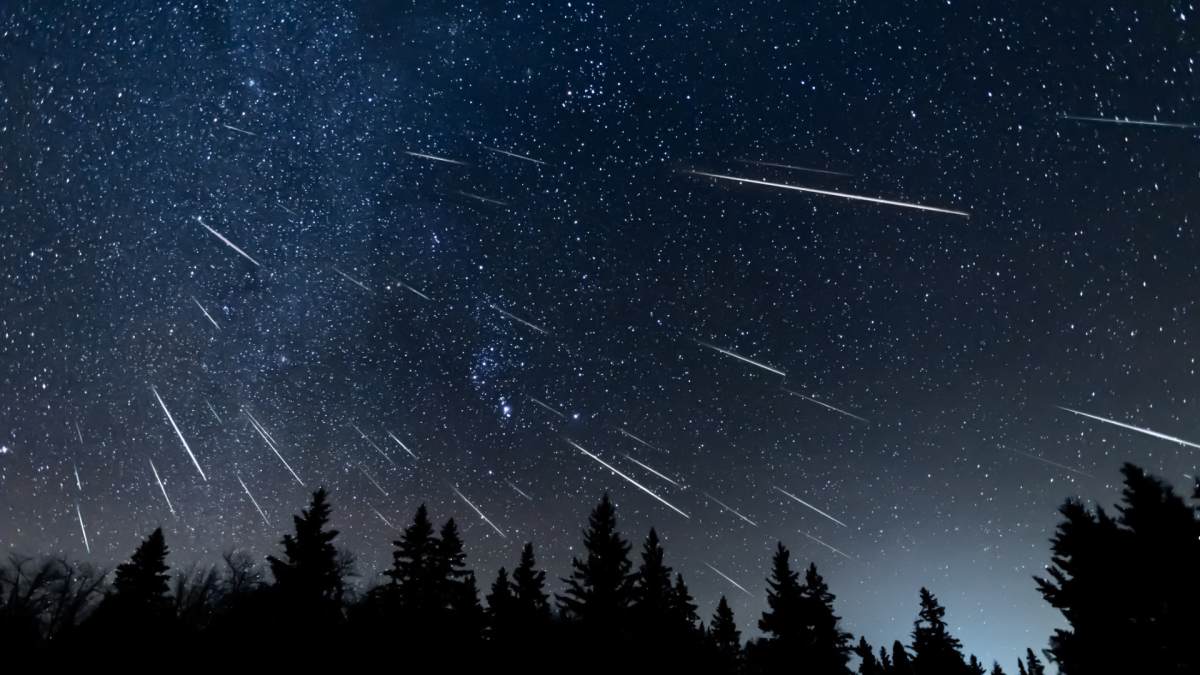
When Earth passes through the trail of dust of 3200 Phaethon, these small fragments hit our atmosphere at high speeds. These grains then burn up and become visible streaks of light, you see in the night sky.
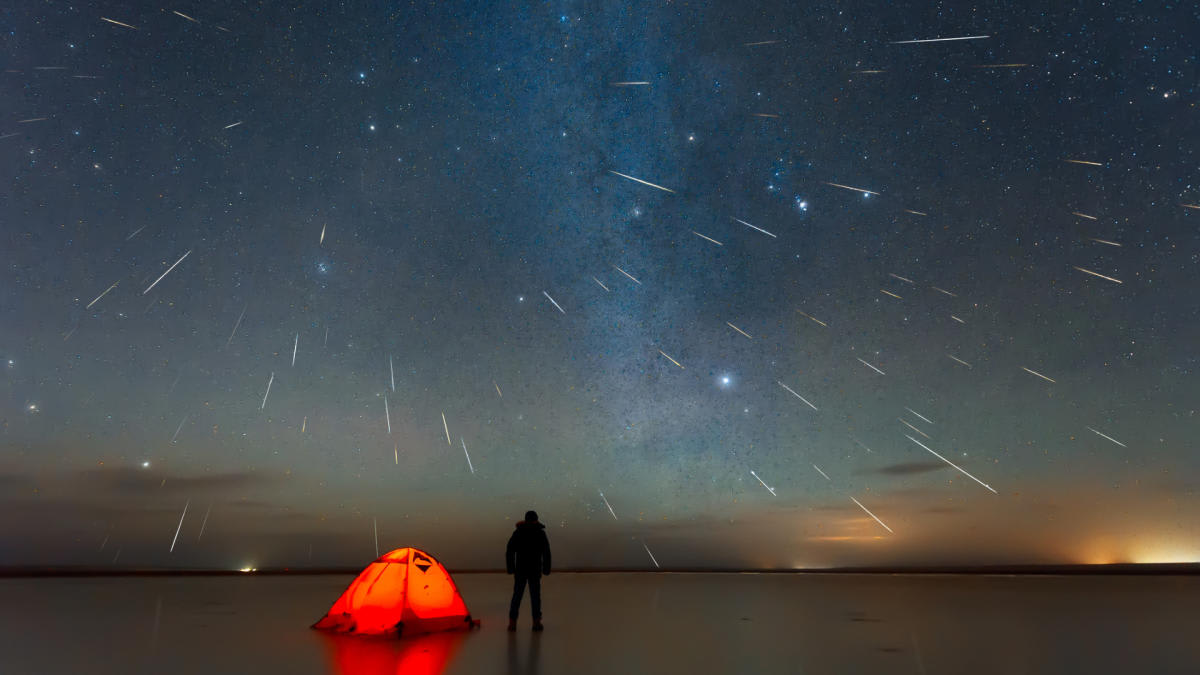
The Geminids meteor shower begins at around 9 or 10 p.m., so you don't need to stay up till late or wake up too early. That being said, you need to ensure that you are far away from any source of light pollution in order to catch the view in all its glory.
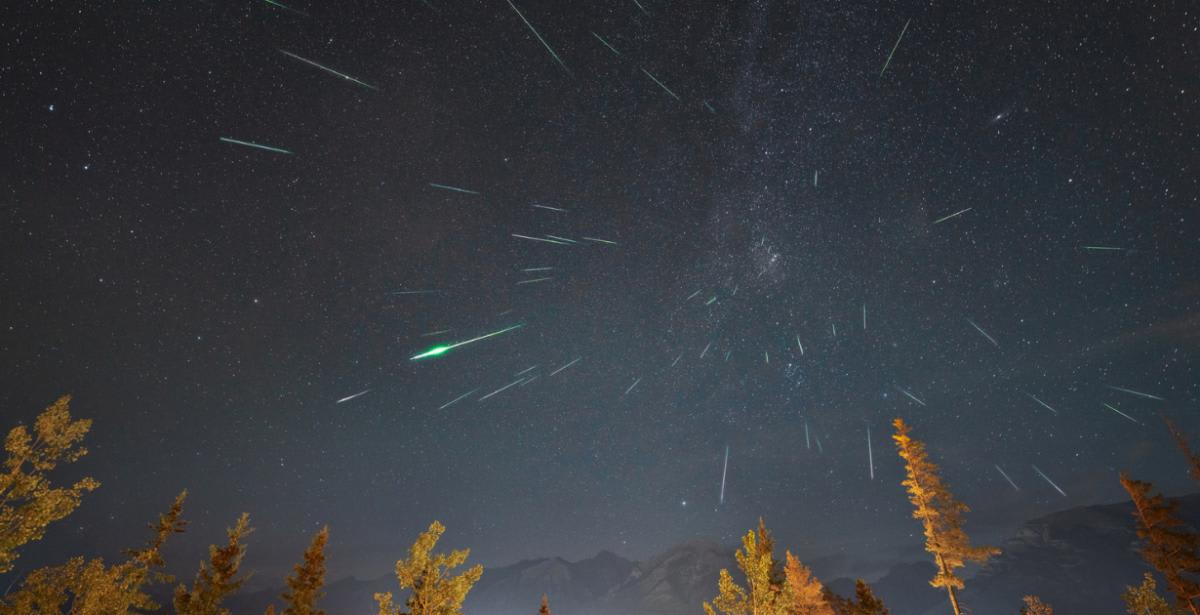
Once you've found a nice dark patch of sky, let your eyes adapt to it for about 30 minutes, after which the meteors will start to become visible. Be prepared for the winter temperatures with a sleeping bag, blanket, or lawn chair when setting out to view the showers. NASA recommends lying flat on one’s back with feet facing south to take in as much of the sky as possible. If ticking all the steps takes time, don't worry. The show will last until dawn, which gives you plenty of time to get a glimpse of the event.
More on Starlust
Don't miss the Leonid meteor shower this week—it might be one of the best in years
Southern Taurid meteor shower peaks tonight alongside November's full moon—when and where to watch









